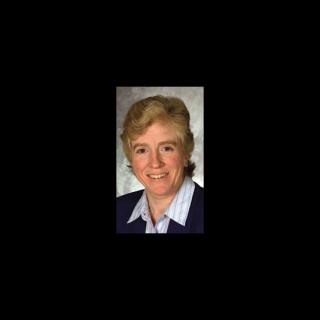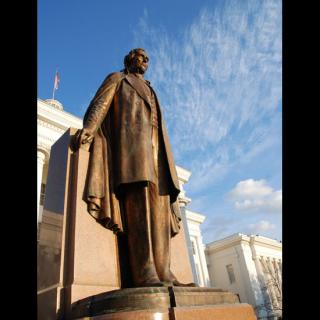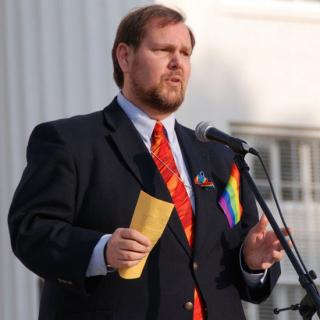Reflections
By Annette Marquis
Unitarian Universalist (UU) Living Legacy Civil Rights Pilgrimage
The 2009 Unitarian Universalist Living Legacy Civil Rights Pilgrimage is over now and all of us have returned to our communities, our families, and our congregations. But the impact of this experience is embedded deep in our souls in a way that no photographs or notes or memories could ever summon. To say that we were changed by the experience seems trite considering what people risked, what those who lived the Civil Rights Movement sacrificed to secure their freedom, a freedom that had ostensibly been granted to them 100 years earlier.In the course of our journey, we visited two Unitarian Universalist congregations, the UU Church in Birmingham (UUCB) and the UU Fellowship of Montgomery (UUFM). Both congregations greeted us as family who had come home for a visit after too long an absence. They showered us with true Southern hospitality, fed us home-cooked meals, and did everything they could do to make us comfortable. But most importantly, they shared the richness of their histories, their involvement in the Movement, and their courageous people. In both cases, I was struck with how vibrant the congregations are today and how poised they still are to represent UU values in the world.
In Montgomery, we actually saw UUFM in action as we attended a rally on the steps of the Alabama State Capitol to support the inclusion of sexual orientation in the state’s hate crime statute. Rev. Paul Britner, minister of UUFM, helped organize and emcee the event and the UUFM choir led the protestors in singing, “Love Will Guide Us.” It is clear that the fight for civil rights is not over and that, wherever we are, UUs are called to lead in these efforts.
I was proud to be a UU that day. I was proud to be standing on the same steps where (Alabama Governor) George Wallace refused to allow Martin Luther King, Jr. to stand at the conclusion of the Selma to Montgomery march because he didn’t want King speaking from the spot where Jefferson Davis had taken the oath of office as president of the Confederate States. I was proud to share the day with Montgomery UUs who were proving that our civil rights legacy is still living and breathing in the hearts and minds of today’s UUs.
Of all the questions that this pilgrimage generated in me, I continue to be most challenged by what it meant to organize an entire social change movement based on non-violence resistance. I began to wonder if I could have done what the people in the civil rights movement did.
Imagine that you are in a training session designed to prepare you to participate in a protest march. You spend an entire weekend learning about non-violence and non-violent resistance techniques. Throughout much of the weekend you are being badgered, yelled at, called names, pushed, and even hit, and your job is to not react—to let yourself be verbally and even physically abused and just take it, to not defend yourself, to not run away. By the end of the training, it’s decided whether you have what it takes to be in the march. For, you see, being a marcher in the Movement is a high honor. If it becomes clear that you can’t respond non-violently, you are placed in a support role and are not given the honor of marching.
As I heard the stories of those who marched, I again asked myself, "Could I do it? Could I place myself in that level of danger? Could I risk my life for something, even if it was something I believed in as strongly as I believe in civil rights?"
On March 7, 1965, 600 of these trained marchers left Brown Chapel in Selma, AL, walked through town, and began to cross the Edmund Pettus Bridge on their way to the state capital in Montgomery. When they reached the crest of the bridge, they reported that all they saw was a sea of blue. Police had formed a solid line almost a block away from the end of the bridge. The marchers kept moving forward, down the other side of the bridge. When they got within hearing distance, they were told by the police to turn back. Before they even had a chance to respond, the police, some on horseback, viciously attacked them. The marchers were beaten back with billy clubs, tear gas, and bull whips. This event, referred to as Bloody Sunday, horrified the nation as photographs and video were shown on the Sunday evening news.
Two days later, Martin Luther King, Jr. led a second march across that same bridge. Again, the marchers were told to turn back. Rev. King asked if they could pray first. The marchers got down on their knees in the middle of the street and prayed. Then King stood up, turned the march around, and went back to Brown Chapel. Think about that for a moment. Only two days before, hundreds of people, neighbors, friends, and family members, were beaten, many seriously injured, at this same spot, doing this same thing, by these same police officers. What kind of courage did it take for the second group of marchers to get down on their knees and pray?
Could I do that?
I like to think that I would have gone to Selma after Dr. King called Rev. Dana Greeley, the president of the Unitarian Universalist Association (UUA), and asked for our help. I like to think I would have gone. But how do I put myself out there today? What risks do I take, today, to further the cause of civil and human rights? The struggle is not over. Do I have what it takes?
We UUs have an incredible legacy of courage, strength, fortitude, and commitment in the struggle for human rights. We have every right to be proud of this legacy. But we cannot rest there. We cannot live on our legacy. We have to find ways to keep our legacy alive by living lives today that honor these heroes of our faith. Somewhere we have to find the courage to step out of our comfortable lives, out of our safe congregations, and take the risks we need to take to move us closer to the world we want to create. It will not happen if we sit idly by.
These people of the Civil Rights Movement knew that. They put their lives on the line to make their dreams of a brighter future see the light of day. I pray today that I will be ready when I am called. And I’m going to need you there with me. Will you be ready?
Annette Marquis is District Executive for the UUA Thomas Jefferson District, and one of the leaders of the UU Living Legacy Civil Rights Pilgrimage.


